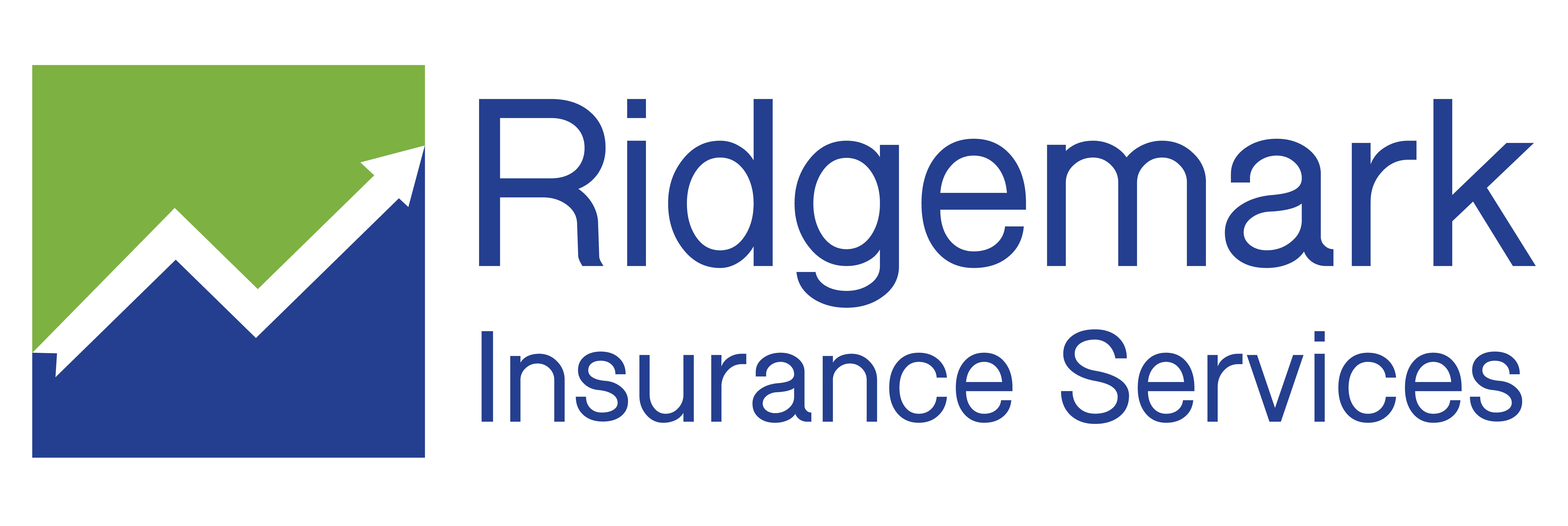Governor Newsom signed legislation in March that requires California employers with more than 25 workers to provide them with up to 80 hours of COVID-19-related paid sick leave.
The new law even requires employers to pay workers that took COVID-19-related sick leave prior to March for the time they took off. The law is retroactive to Jan. 1 and will run until Sept. 30.
Coverage under this new statute is far more expansive than last year’s California COVID-19 supplemental sick paid leave law, which expired on Dec. 31.
The California Department of Labor has urged employees who took leave prior to March 29 to make an oral or written request to their employer for payment.
Under the law, SB 95, full- and part-time employees may take paid leave if they are unable to work on-site or remotely for any of these reasons:
Caring for themselves – The employee:
- Is subject to quarantine or an isolation period related to COVID-19 under orders by the California Department of Public Health, the federal Centers for Disease Control and Prevention, or a local health officer with jurisdiction over the workplace,
- Has been advised by a health care provider to quarantine, or
- Is experiencing COVID-19 symptoms and seeking a medical diagnosis.
Caring for a family member – The employee:
- Is caring for a family member who is subject to a COVID-19 quarantine or isolation period or has been advised by a health care provided to quarantine due to COVID-19, or
- Is caring for a child whose school or place of care is closed or unavailable due to COVID-19 on the premises.
Vaccine-related – The covered employee is attending a vaccine appointment or cannot work due to vaccine-related symptoms.
How much leave employees are eligible for
Employees will generally be eligible for paid sick leave equal to the amount of work they typically perform over two weeks. That means:
- Full-time workers who work 80 hours over two weeks will be eligible for 80 hours of paid sick leave for COVID-19-related issues.
- Part-time employees with regular weekly schedules will receive paid sick leave equal to the number of hours they are normally scheduled for over two weeks.
- Part-time employees with variable schedules will receive paid sick leave equal to 14 times the average number of hours worked per day over the past six months.
Paid sick leave amounts
Under this new legislation, non-exempt, covered employees must be compensated at the highest of the following pay rates (although it is capped at a certain point):
- The regular rate of pay for the workweek in which the employee uses COVID-19 supplemental paid sick leave, whether or not the employee actually works overtime in that period;
- The rate calculated by dividing the employee’s total wages, not including overtime premium pay, by their total hours worked in the full pay periods of the prior 90 days of employment;
- The state minimum wage; or
- The local minimum wage.
The maximum amount of supplemental sick leave that employers are required to pay is no more than $511 per day and $5,110 for the two weeks.
Anti-retaliation provisions
The law also makes it illegal to discriminate against an employee for requesting or using COVID-19 supplemental paid sick leave. Workers who feel their employer is breaking the law by barring them from receiving this paid leave can file a claim with the state labor commissioner.
Posting requirements
The law also includes posting requirements. Starting March 29, employers must display in a prominent place in the workplace a model notice created by the California Department of Industrial Relations.
If you have workers who do not often report to the workplace or are working remotely, you should send them a copy of the notice by e-mail.
What you should do now
If you have more than 25 workers, you should update your policies and payroll records to make sure you can comply with the new law.

